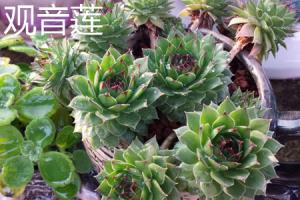Choosing the Right Planter for Your Lemon Tree
When it comes to growing a lemon tree, selecting the right planter is crucial for its growth and overall health. Size is an important factor to consider, as it directly affects the tree's root system and ability to absorb nutrients. This article provides a helpful guide to determining what size planter is best for your lemon tree.
Consider the Lemon Tree's Size and Growth Rate
The first thing to consider is the size of your lemon tree. Dwarf lemon trees grow to a maximum height of 8 to 10 feet, while standard lemon trees can reach 20 feet tall. The larger the tree, the larger the planter needs to be. Additionally, consider the tree's growth rate. A fast-growing tree requires a larger planter so that its roots have ample room to spread out and absorb nutrients.
Assess the Planter's Drainage System
Lemon trees require well-draining soil, as they are susceptible to root rot if waterlogged. Therefore, it's essential to assess the pot's drainage system before planting your lemon tree. Opt for a planter with drainage holes that allow excess water to escape, keeping the soil from becoming saturated. Additionally, consider placing a layer of stones or gravel at the bottom of the planter to improve drainage.
Determine the Planter's Shape and Depth
The planter's shape and depth play a vital role in the health and growth of your lemon tree. A shallow planter limits the tree's ability to absorb nutrients, while a deep planter can cause the roots to become waterlogged. Therefore, it's best to opt for a planter that's roughly the same depth as your tree's root ball, with enough room for the roots to grow outward. Additionally, choose a planter with a wider base to provide ample room for the roots to spread out.
Choose the Right Material for Your Planter
The material of your planter plays a role in its suitability for growing a lemon tree. Terracotta pots are a popular choice due to their porous nature, which helps to wick away excess moisture from the soil. However, terracotta pots are fragile and can crack in cold weather. Plastic pots offer durability and are lightweight, making them easy to move around. However, they don't provide the same level of breathability as terracotta pots. Consider your location and weather conditions when choosing your planter material.
Conclusion
Selecting the right planter for your lemon tree is key to growing a healthy and fruitful tree. Consider the size and growth rate of your tree, as well as the planter's drainage system, shape and depth, and material. With proper care and attention, your lemon tree will thrive and provide delicious citrus fruits.

 how many times do yo...
how many times do yo... how many planted tre...
how many planted tre... how many pine trees ...
how many pine trees ... how many pecan trees...
how many pecan trees... how many plants comp...
how many plants comp... how many plants can ...
how many plants can ... how many plants and ...
how many plants and ... how many pepper plan...
how many pepper plan...
































